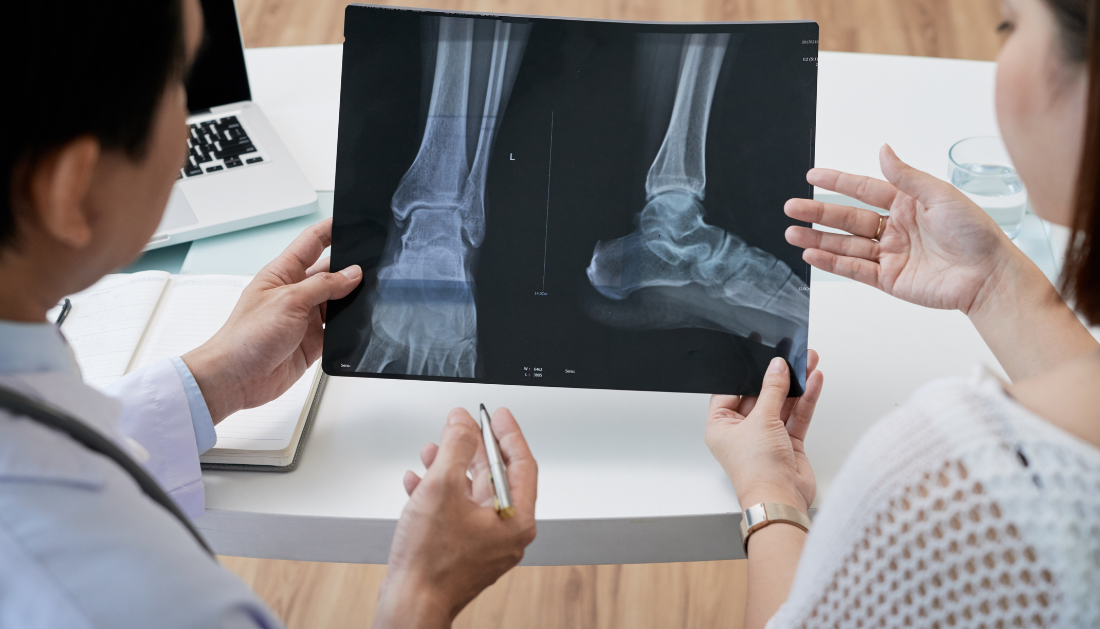

In recent years, the benefits of using PRPs have become more well known. The function is critical, and it extends far beyond simply enrolling patients in studies. PRPs are individuals with a relevant condition who actively participate in research teams. Crucially, this is on an equal footing with professional researchers, with patient research partners contributing their experience and knowledge. This method has been utilized in guideline creation and clinical research, as well as to create and gather patient-reported outcomes, preference studies, research grant application evaluation, regulatory processes, and international research consortiums. However, a lot has changed since the 2011 PRP guidelines were first written.
To address this, EULAR has amended its 2011 PRP recommendations. A team of 13 researchers, 2 healthcare experts, and 10 PRPs worked together to finish the project. The group conducted a literature analysis to gather current information on the definition and role of PRPs, as well as recommendations on their recruitment, selection, and monitoring – and to assess the value they offer to a project. The new paper, which will be published in the Annals of Rheumatic Diseases in June 2024, comprises ten individual suggestions as well as five new overarching concepts.
The overarching concepts emphasize PRPs’ contributions through active cooperation as equal partners with researchers, based on their experiential knowledge and competence in the condition under study. Informal caregivers can also offer feedback that complements patients’ lived experiences. People that perform the function of PRP bring value and relevance to all forms of research, benefiting both patients and researchers. Finally, equal and successful teamwork requires open communication, trust, respect, and a willingness to grow.
Seven of the ten suggestions have been modified from the 2011 version, and they include subjects such as when and how to use PRP in research, as well as recruiting, training, and support. The suggestions also advise that PRP contributions be recognized in additional ways, such as co-authorship or cash reward when appropriate. Three new recommendations address the role of the PRP coordinator, the importance of providing support and training to researchers, and the need for more frequent evaluations of the partnership between PRPs and researchers.
EULAR expects that the new principles will assist researchers and PRPs in future efforts and help to improve cooperation, resulting in productive working relationships as all parties aim to advance knowledge in the field of rheumatic illnesses. However, the most significant benefit will be health research that better fits the requirements of patients and is more likely to result in improved long-term health outcomes.
For more information: de Wit, M., et al. (2024) EULAR recommendations for the involvement of patient research partners in rheumatology research: 2023 update. Annals of the Rheumatic Diseases. doi.org/10.1136/ard-2024-225566.
more recommended stories
 Caffeine and SIDS: A New Prevention Theory
Caffeine and SIDS: A New Prevention TheoryFor the first time in decades,.
 Microbial Metabolites Reveal Health Insights
Microbial Metabolites Reveal Health InsightsThe human body is not just.
 Reelin and Cocaine Addiction: A Breakthrough Study
Reelin and Cocaine Addiction: A Breakthrough StudyA groundbreaking study from the University.
 Preeclampsia and Stroke Risk: Long-Term Effects
Preeclampsia and Stroke Risk: Long-Term EffectsPreeclampsia (PE) – a hypertensive disorder.
 Statins and Depression: No Added Benefit
Statins and Depression: No Added BenefitWhat Are Statins Used For? Statins.
 Azithromycin Resistance Rises After Mass Treatment
Azithromycin Resistance Rises After Mass TreatmentMass drug administration (MDA) of azithromycin.
 Generative AI in Health Campaigns: A Game-Changer
Generative AI in Health Campaigns: A Game-ChangerMass media campaigns have long been.
 Molecular Stress in Aging Neurons Explained
Molecular Stress in Aging Neurons ExplainedAs the population ages, scientists are.
 Higher BMI and Hypothyroidism Risk Study
Higher BMI and Hypothyroidism Risk StudyA major longitudinal study from Canada.
 Therapeutic Plasma Exchange Reduces Biological Age
Therapeutic Plasma Exchange Reduces Biological AgeTherapeutic plasma exchange (TPE), especially when.

Leave a Comment